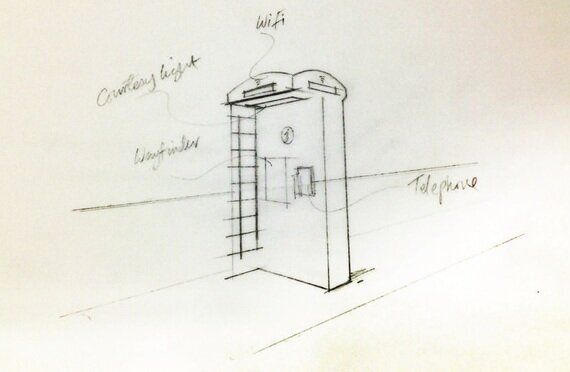
(Photo by New World Payphones)
Grab a red phone box souvenir as Britain's most recognisable symbol bids farewell.
The red phone box may not be a feature of every British town and city, but it still remains an iconic representation of the UK that is just as loved as ever.
The love affair with the red phone box started in 1912 when the General Post Office absorbed all the private telephone companies in Britain, and in a bid to find a single design for a national kiosk, the first standard kiosk, the K1, appeared.
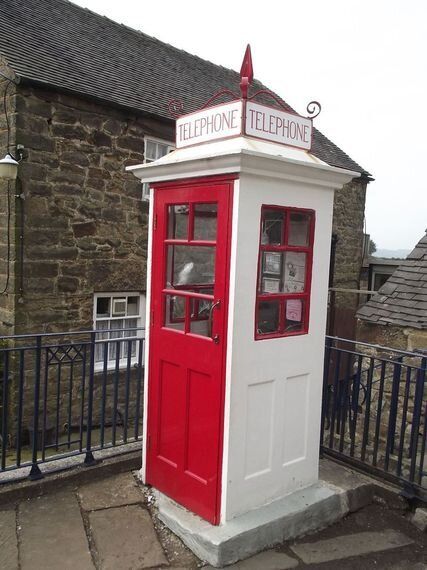
(K1 telephone box at the National Tramway Museum in Crich. Photo by Elliott Brown)
Unfortunately, the K1 wasn't a big hit with local authorities and was only installed in limited numbers.
The K2 phone box, designed by Sir Gilbert Scott, was rolled out in 1926 and it was Britain's first red telephone box followed by the blue metropolitan police telephone box a few years later. Next came the K6, which was designed by Sir Gilbert Scott to commemorate the Silver Jubilee of King George V in 1935.
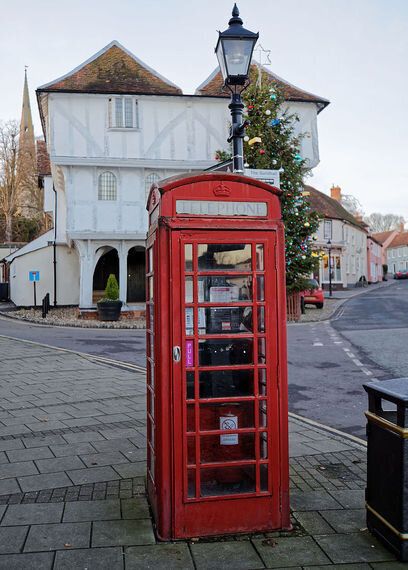
(A K6 telephone kiosk at the corner of Town Street and Stoney Lane in Thaxted, Essex, England. Photo by Acabashi)
Nearly 8,000 K6 kiosks were installed across the UK from 1936 before the revolutionary K7 design emerged, which never went into final production. The K8 was introduced later, as a replacement for the K6 yet it never matched its predecessor's success and the number of surviving K8s is rather small.
Phone kiosks, however, slowly fell into decline with the majority of the red telephone boxes being removed or replaced by newer version, BT branded phone boxes, also known as Kiosk KX100.
In a bid to preserve the phone boxes, the first telephone kiosk was awarded statutory protection in 1986 and up to 2,000 kiosks were given grade 2 status by English heritage.

(BT phone kiosk at Higher Ansty, Dorset, England. Photo by Chris Downer)
With the majority of the red telephone boxes being replaced by newer versions, there are only a few remaining K6 kiosks -and in 2017, the red phone box is yet again getting a makeover.
New World Payphones are set to revolutionise urban spaces in London and nationwide by replacing the red telephone box with state-of-the-art kiosks, inspired of course by the originals.
The new versions are adapting the classic K2 kiosk for the 21st century, updating the iconic design with cutting edge technology while bringing something beautiful to Britain's urban centres.
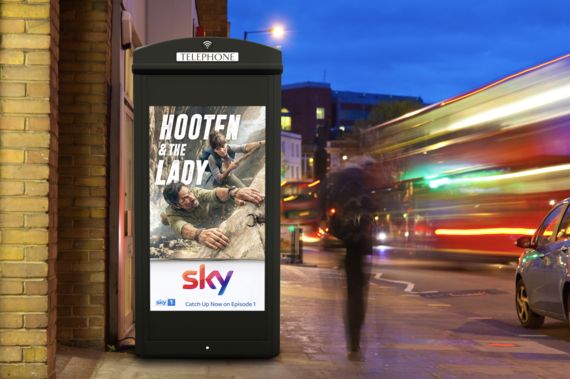
Image credit: New World Payphones
The new phone kiosks are set to offer much more than vital telephony services by providing pedestrians and communities with high-speed Wi-Fi connection and interactive touch screen journey planners and local information services -and as always the kiosk is open to all.
While tourists scourging for a red phone box to take their next big Instagram selfie might not be hailing the news of a revolutionised black phone kiosk, there is good news for climate change campaigners; for every red phone box removed or replaced, a living gift is to be bestowed upon us in the form of a tree being planted near the phone box site.
Here's a look at the birth and evolution of Britain's most recognisable symbol:

(Red telephone boxes on the Oak Ridges Moraine in Ontario, Canada. Photo by Rick Harris/Wikimedia Commons)
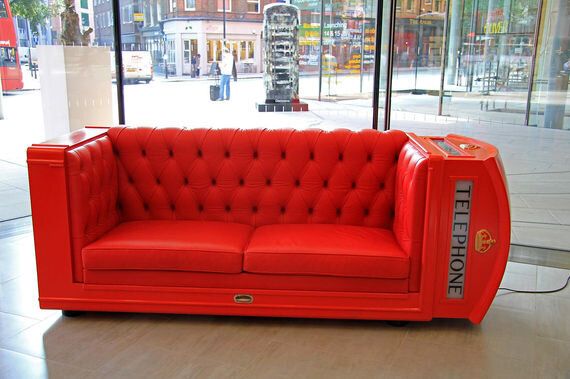
(Across London's streets, replicas of the Gilbert Scott phone box, were transformed by the imaginations of creative minds and later auctioned off to raise money for ChildLine's 25th anniversary. Photo by Karen Roe/Wikimedia Commons)

(Green phone box at Portesham. Photo by RNE/Wikimedia Commons)
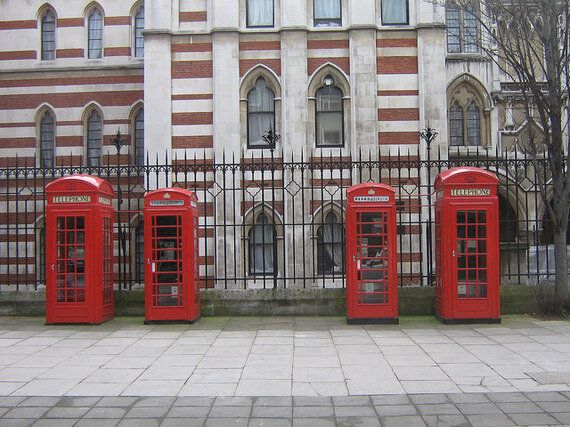
(Two pairs of K2 (the larger version) and K6 phone boxes behind the Royal Courts of Justice. Photo by Ian Capper/Wikimedia Commons)